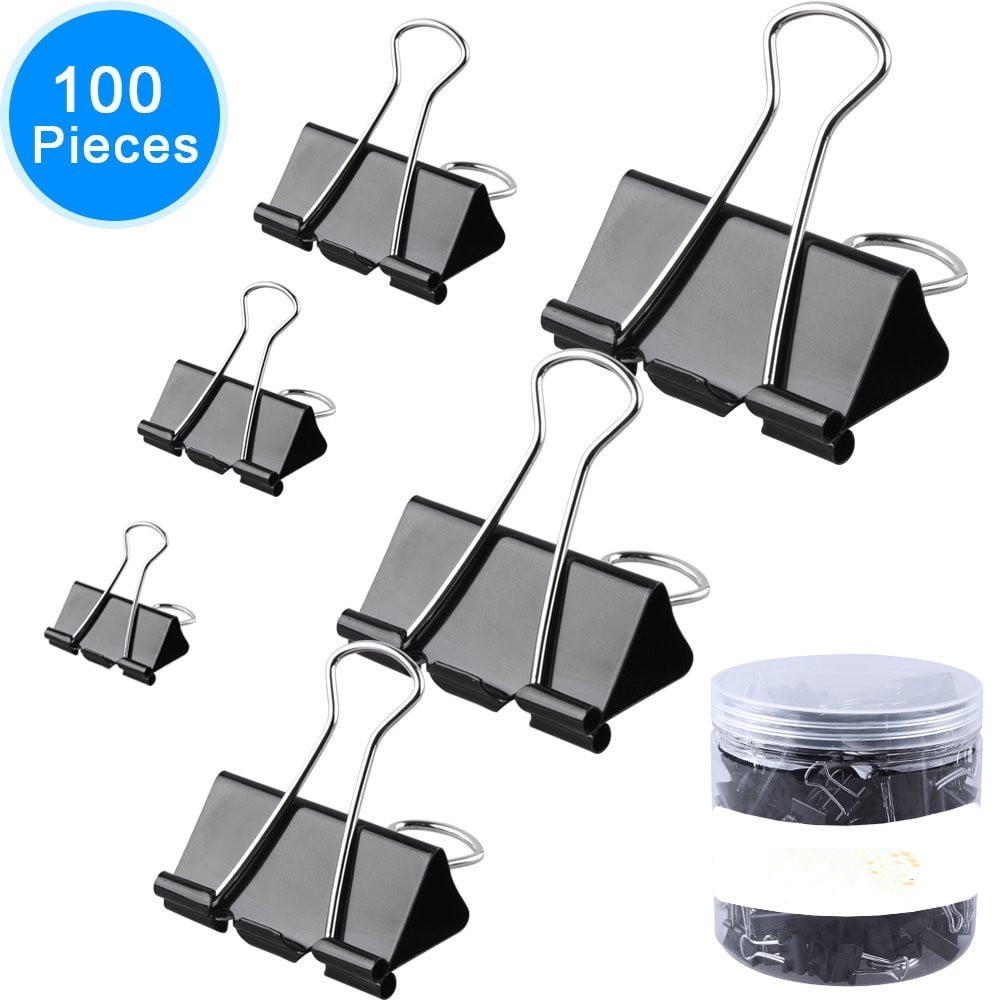

The 19-inch-high pair has sheltered sage in the Mother Earth News office garden, where this herb will die back to the ground in harsh winters. Heavy-duty plastic covers designed to prevent trash from collecting in basement window wells also make great cold frames for taller crops. The following eight cold frame plans are all easy and inexpensive to assemble using repurposed materials, so you can build as many as your vegetable garden will hold. Get Growing in a DIY Cold FrameĪfter you discover you can grow fresh produce year-round, you’ll probably wish for more than one cold frame. Some varieties of cold-hardy crops are more resilient than others, so read the seed packets carefully. Arugula is hardy all winter under protection, and will even re-grow - albeit slowly because of winter’s limited sunlight. Spinach, for example, will germinate and grow at temps that are only slightly above freezing.

Planting the right crops is important when using a cold frame successfully.
#EXTRA LARGE BINFER CLIPS CRACK#
Just crack open the lid during the day and close it again at twilight.

To prevent excess heat from wilting your plants, always vent your cold frame on sunny days when the temperature will rise above 50 degrees Fahrenheit. Growers in low-light regions can paint their cold frames’ interior white or add metal foil to reflect minimal sunlight. Gardeners in cold regions - Zone 6 or less - can boost temperatures inside their frames by adding thermal mass to the interiors, or by insulating their cold frames’ sides with mounded-up soil, straw bales, or bags of leaf mulch. You’ll want to establish a cold frame in direct sunlight, atop good soil in a well-drained location that has easy access to the house - a long walk from the kitchen to the cold frame can be unpleasant in January! Ideally, you should maximize the cold frame’s effectiveness by angling its transparent top to the south, where the sun hangs low in winter. You should begin by identifying the best places on your property for growing cold-hardy crops. Adding a cold frame to the interior of an unheated greenhouse is the equivalent of moving your crops two zones south. Using a cold frame is the equivalent of moving your garden one growing zone to the south. The bottom is usually open to garden soil, allowing crops’ roots to dig deep. The top typically lifts to provide access to the crops living inside. Using a Cold FrameĪt its simplest, a cold frame is a box supporting a transparent top that admits sunlight. Jump in with any of these eight cold frame plans, chosen for simplicity and low cost.
#EXTRA LARGE BINFER CLIPS INSTALL#
You can quickly assemble one or more DIY cold frames with upcycled materials, and then move them around your property to find the best microclimate before you install a more elegant cold frame. Although many gardeners already use these mini-greenhouses to shelter seedlings before planting in spring, they may not realize that crops will stay alive inside a cold frame during winter, providing fresh food from the garden in December, January, and even February.Ĭommercial cold frames can make beautiful additions to your garden, but an inexpensive DIY setup is a great way to get started. Clasp two window-well covers together for an easy-to-assemble, inexpensive cold frame design.Įxpand your growing season and upcycle local materials with these cold frame design ideas or by building one (or a few!) of these inexpensive cold frame plans.Ī humble cold frame offers a great way to produce nutritious, homegrown food outside of the prime growing season without investing in a full-sized greenhouse.


 0 kommentar(er)
0 kommentar(er)
